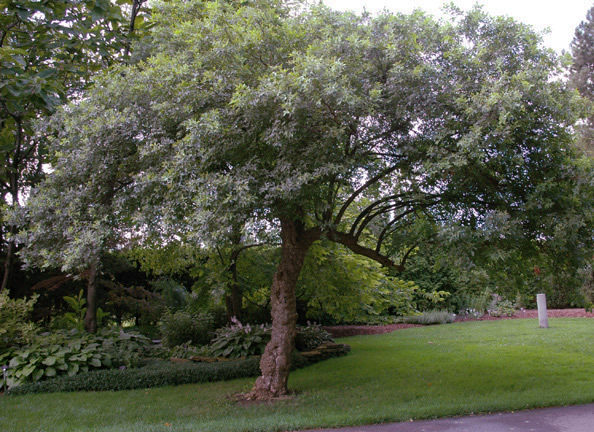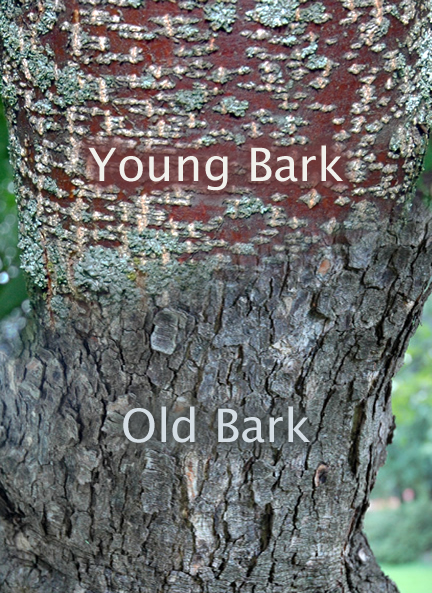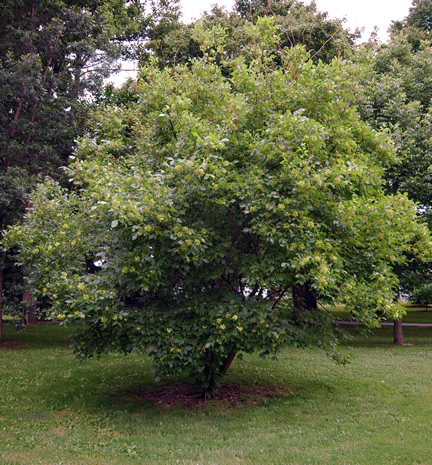
Woody > Ptelea > Ptelea trifoliata > Ptelea trifoliata
Ptelea trifoliata
Hop Tree
Origin: Ontario and New York to Florida, west to Minnesota, Southern Colorado, Arizona and southern Mexico. Introduced in 1724.
Mike's
Opinion


"
A native small tree that is certainly under appreciated. White blooms, interesting bark, seeds and leaves make this a value added plant for the small landscape.
Michael Pascoe, NDP., ODH., CLT., MSc. (Plant Conservation)
"
| Family |
| Rutaceae |
| Genus |
| Ptelea |
| Species |
| trifoliata |
| Category |
| Woody |
| Type |
| Tree (deciduous) |
| Pronunciation |
| USDA Hardiness Zone |
| 3-9 |
| Canadian Hardiness Zone |
| 2a–4a |
| Temperature (°C) |
| -46 |
| Height |
| 4.5–6 m |
| Spread |
| 4.5–6 m |
Photographs
Description and Growing Information
Flowering Period
| General Description |
| A small tree but often a shrub of a few spreading stems. |
| Landscape |
| It’s a relatively low maintenance tree. Its texture blends well into many landscaping scenarios. |
| Cultivation |
| Adaptable species which performs suitably in well-drained soils and in sun or shade. |
| Shape |
| Large shrub or small tree of a bushy, rounded nature. |
| Growth |
| Slow |
| ID Characteristic |
| Dark green in summer, yellow-green in autumn, small greenish white flowers. |
| Pests |
| Various leaf spots and rusts; none of which are serious. Aphids and spider mites may also be minor problems. |
| Habitat |
| Found in rocky woods, better drained lowlands, and moist woodlands as an understory plant. |
| Bark/Stem Description |
| Dark grey, smooth, except for watery protuberances. |
| Flower/Leaf Bud Description |
| Closely superposed in pairs, very low-conical, sessile, hidden beneath petiole bases, breaking through the leaf scars, not distinctly scaly, silvery silky; terminal lacking. |
| Flower Description |
| Small, unisexual, green-white, 10-15 cm diameter, fragrant. |
| Fruit Description |
| A compressed, broadly winged, suborbicular, 2-sided, indehiscent samara, brownish at maturity, rather conspicuous in clusters. |
| Colour Description |
| Lustrous dark green in summer, yellow-green in autumn. |
| Texture Description |
| Medium in leaf, medium-coarse in winter. |
| Notable Specimens |
| Weldon Library, University of Western Ontario, London, Ontario. |
| Propagation |
| Seed requires a 3-4 month cold period (5°C); cuttings can be rooted with good success when collected in June-July. |


